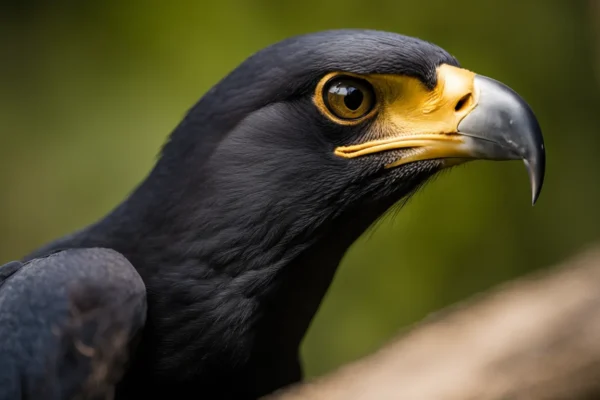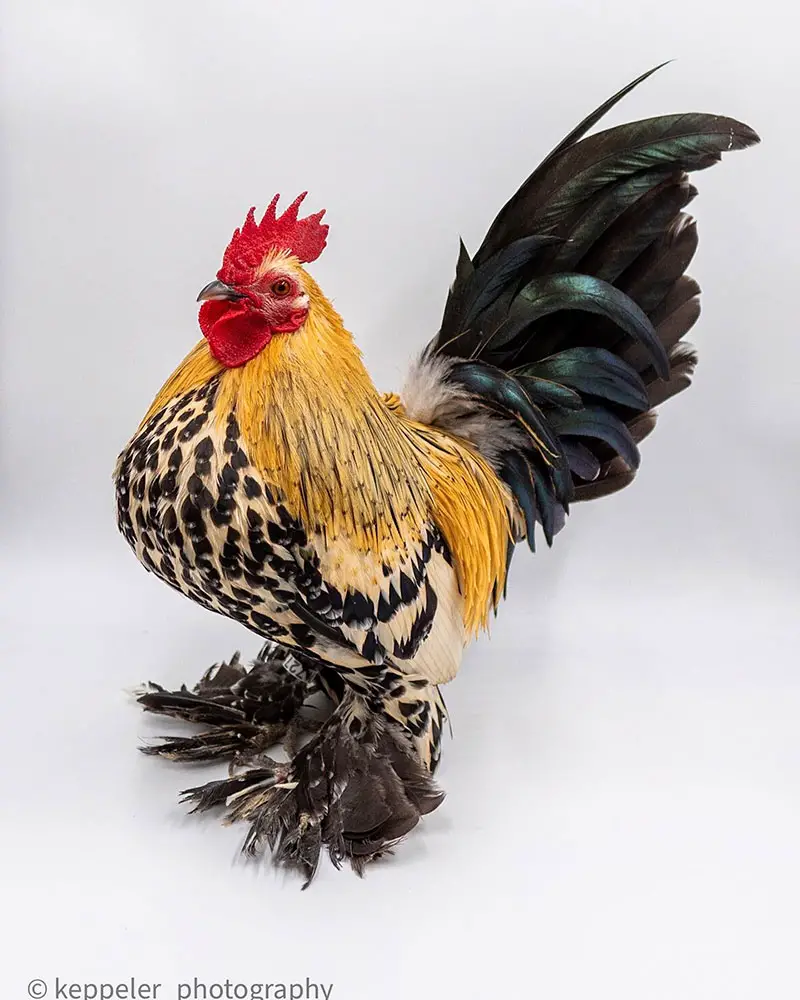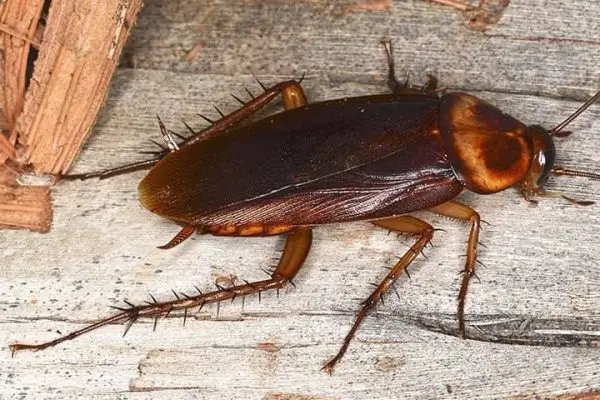Imagine stepping outside to immerse yourself in nature, and there, you spot a bird perched nearby. However, the tranquility is momentary as the bird swiftly takes flight upon your approach. Have you ever contemplated the reasons behind birds’ rapid retreat from human presence? Let’s embark on an in-depth exploration of the multifaceted factors that contribute to this instinctive behavior, unraveling the intricacies that define the dynamic between birds and humans.
A Deep Dive into Birds’ Fears
Birds, woven into the fabric of evolutionary history, carry an innate fear of predation. Throughout their evolutionary journey, various predators, including humans, have posed persistent threats. While humans may not be direct predators, they instill risks that trigger the instinctual response of birds to take flight.
Unintentional Risks Woven by Humans: A Nuanced Perspective
Humans, in their everyday activities, unwittingly pose risks to birds. Sudden movements and loud noises become inadvertent triggers, startling birds equipped with impeccable vision, sensitive even to the slightest motion. Additionally, human actions may disturb bird nests or habitats, leading to heightened stress and fear among the avian inhabitants.
Furthermore, the expansive footprint of human activities, such as urbanization and deforestation, leaves destruction in its wake, disrupting bird habitats and altering their natural behaviors. This loss of suitable environments compels birds to seek refuge in areas distanced from human dominance, underlining their instinctive inclination to avoid potential threats.
Better Safe Than Sorry:
From the bird’s viewpoint, prioritizing safety in the face of potential threats is paramount. Birds have evolved to be inherently cautious because their survival intricately hinges on it. Even in situations where humans may not pose immediate danger, birds opt for a precautionary flight response, showcasing their innate wisdom.
It’s crucial to note the nuanced variations among bird species in their fear and caution levels towards humans. Some species, like pigeons or seagulls, adeptly navigate urban environments, displaying a lesser degree of fear. Conversely, more skittish species, such as finches or warblers, swiftly take flight when humans approach, underscoring the diversity in their responses.
Disruption of Normal Avian Behavior: Peeling Back the Layers
Interrupted Foraging:
Birds, reliant on uninterrupted foraging for their daily sustenance, face disruption when humans suddenly appear, creating noise and movement. This perceived potential threat prompts birds to take flight, cutting short their feeding time and compelling them to seek new foraging grounds. Scientific studies shed light on the impact of human disturbances, revealing that waterbirds frequently disturbed by humans experience a 20% reduction in feeding time compared to their undisturbed counterparts.
Disturbed Nesting:
Nest protection ranks high on a bird’s priority list. Even minor disturbances like loud voices or curious humans getting too close can drive parent birds to abandon their nests. This exposes vulnerable eggs or hatchlings to temperature fluctuations, predators, or other dangers, jeopardizing entire clutches and broods. Scientific reviews underscore this vulnerability, indicating that bird nests frequently disturbed by humans have a staggering 54% higher failure rate in hatching or fledging young compared to undisturbed sites.
Lack of Habituation: Deciphering the Impact on Bird-Human Dynamics
Birds, by nature, are wary creatures, constantly on alert for potential threats. When encountering humans, who loom larger and remain unfamiliar, birds instinctively perceive them as potential predators. This lack of habituation becomes particularly pronounced in areas where birds have had no prior positive encounters with humans, emphasizing the role of familiarity in shaping their responses.
Past Experiences Echoing in the Present: The Ongoing Legacy
Bird species often form associations with humans based on past negative experiences, such as being chased, startled, or captured. These experiences become etched in their collective memory, manifesting as a fear response upon subsequent encounters with humans. This adaptive behavior serves as a survival mechanism, prompting birds to take flight as a precautionary measure to shield themselves from potential harm.
Absence of Food Association: A Tale of Urban Adaptation vs. Natural Instincts
In urban areas where humans are more prevalent, some bird species may develop an association between humans and a potential food source. However, in regions where no established food association with humans exists, birds are less likely to approach or remain in close proximity. This highlights the innate foraging instincts of birds, prioritizing natural habitats over dependence on humans for sustenance.
It is paramount to acknowledge the diversity in reactions among bird species. While some, like pigeons and seagulls, seamlessly adapt to urban environments, even approaching humans in search of food, many others, characterized by an innate fear instinct and lack of habituation, are inclined to take flight as a self-preserving response.
Energy Conservation: The Strategic Flight Mechanism
Efficiency in energy conservation is a hallmark of bird evolution. Birds, tasked with flying long distances, migrating, and searching for food, have fine-tuned their ability to avoid unnecessary energy expenditure. Confronted with the presence of humans, perceived as potential threats or disturbances, birds opt to take flight as a strategic measure to conserve energy.
Prioritizing Survival Needs: An Evolutionary Imperative
The survival of bird species hinges on their ability to prioritize essential needs. Through thousands of years of evolution, birds have developed an array of strategies to navigate potential threats. When confronted with humans, perceived as potential dangers, birds prioritize their survival by taking flight, an instinctual behavior shaped by the intricate dance of evolution.
It’s crucial to recognize that not all birds exhibit identical reactions to humans. While some, like pigeons or seagulls, showcase adaptability to urban environments and may express less fear, even these birds will take flight if they sense imminent danger or perceive a direct threat to their safety.
For those eager to delve deeper into the realm of bird behavior and the art of energy conservation, reputable sources such as the Audubon Society or the Cornell Lab of Ornithology offer a wealth of information. These organizations serve as valuable repositories of knowledge, shedding light on bird conservation, behavior intricacies, and the critical importance of preserving their habitats.
Final Thoughts
The swift flight of birds from humans encapsulates a tapestry woven with threads of evolutionary adaptation, past experiences, and an instinctual drive for survival. Understanding and respecting this delicate balance is pivotal for fostering a harmonious coexistence. With patience, positive associations, and a conscientious approach, humans have the potential to bridge the gap, allowing our feathered companions to perceive us in a different, more benign light.






2 thoughts on “Why Do Birds Fly Away From Humans?”